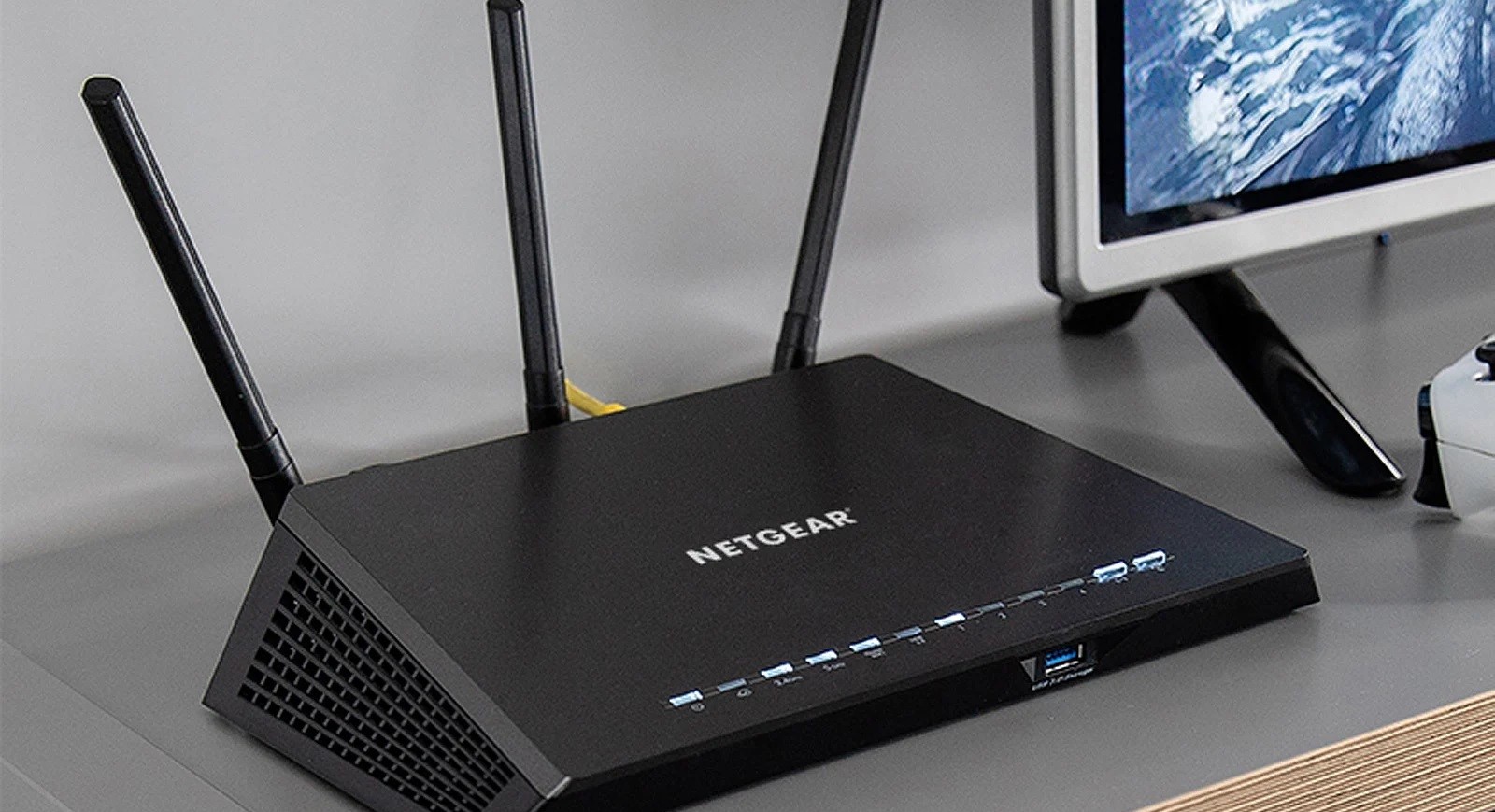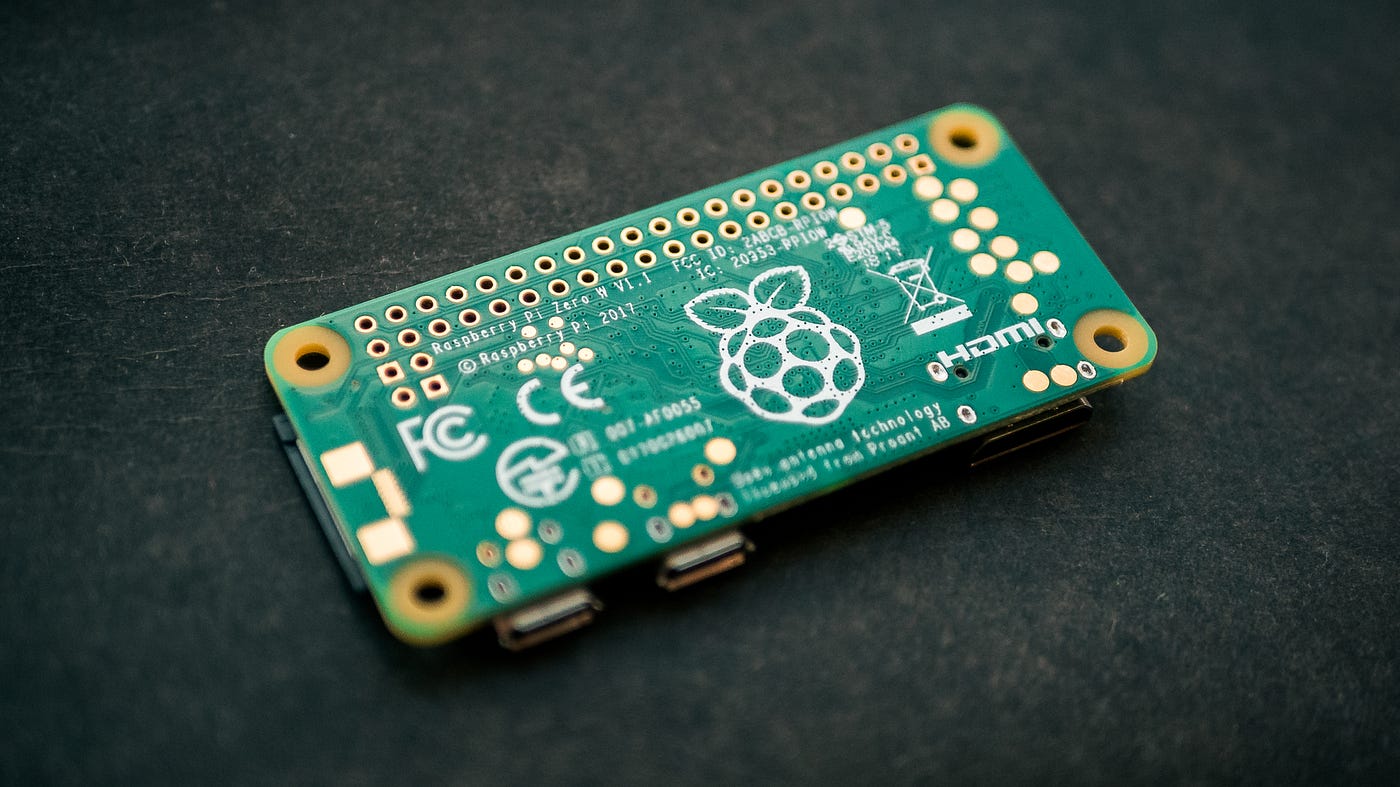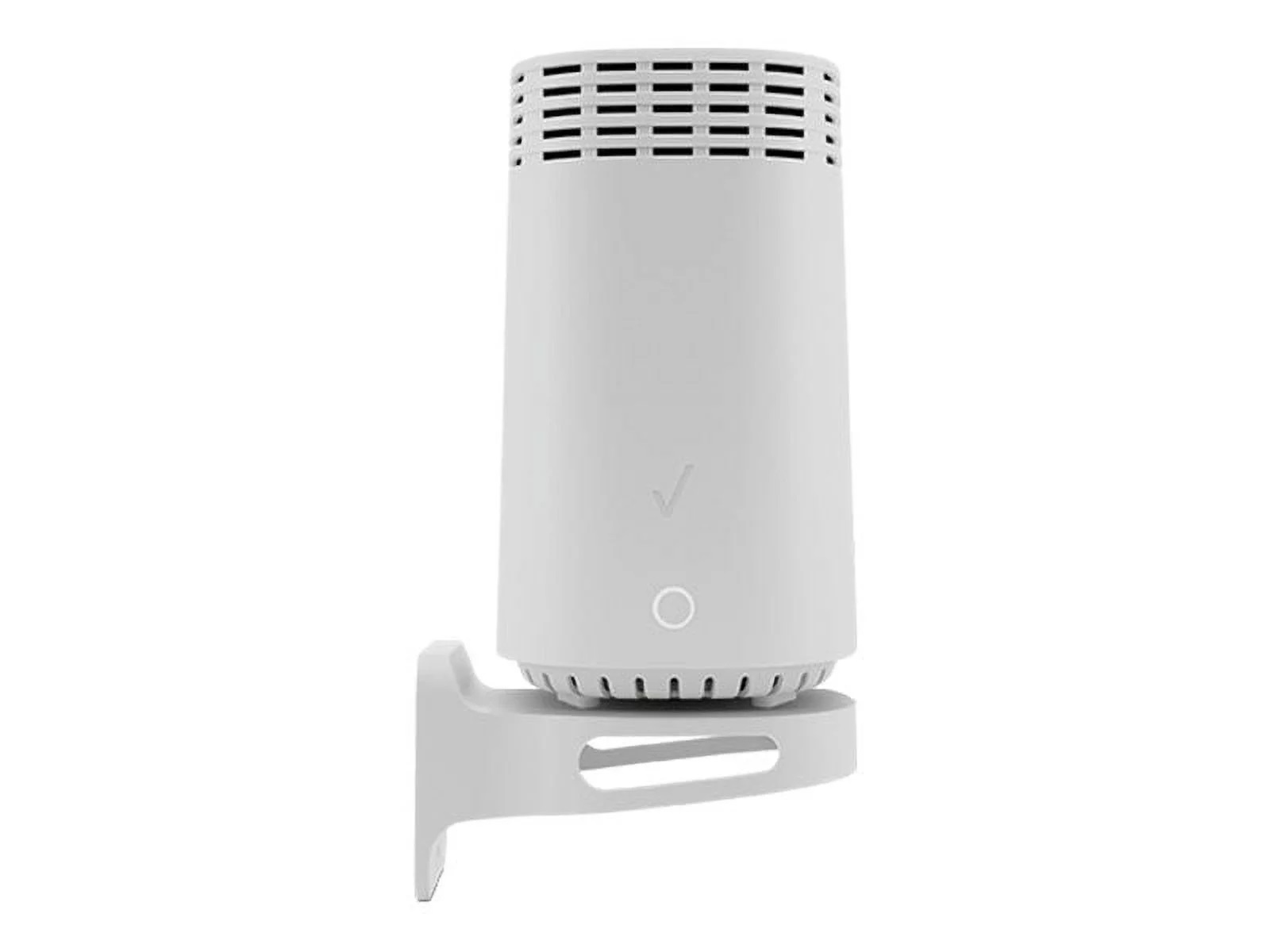Home>Software and Apps>VPN Passthrough: Simplifying Secure Connections


Software and Apps
VPN Passthrough: Simplifying Secure Connections
Modified: September 5, 2024
Looking for secure connections? Our VPN Passthrough software and apps simplify the process, ensuring your data stays protected. Explore our solutions today!
(Many of the links in this article redirect to a specific reviewed product. Your purchase of these products through affiliate links helps to generate commission for Techsplurge.com, at no extra cost. Learn more)
Table of Contents
Introduction
In today's digital age, ensuring the security of network connections is paramount. One of the most effective ways to achieve this is by using Virtual Private Networks (VPNs). However, setting up and managing VPNs can be complex, especially for those who are not tech-savvy. This article aims to simplify the process of establishing secure connections using VPNs, focusing on the concept of VPN passthrough.
What is VPN Passthrough?
VPN passthrough is a feature that allows VPN traffic to pass through a router or firewall without being blocked or filtered. This is particularly useful when you want to ensure that all devices connected to your network can establish secure VPN connections without any interference from the router or firewall.
Why is VPN Passthrough Important?
Security
The primary reason for using VPN passthrough is to maintain the security of your internet traffic. By allowing VPN traffic to pass through, you ensure that all data transmitted over the internet is encrypted and secure, even when it traverses through your router or firewall.
Ease of Use
VPN passthrough simplifies the setup process for users. It eliminates the need for complex configurations and ensures that all devices can connect to a VPN without additional settings.
Compatibility
Many devices, such as smart TVs, gaming consoles, and IoT devices, may not support VPN configurations directly. VPN passthrough ensures that these devices can still benefit from the security provided by a VPN.
Performance
By not blocking or filtering VPN traffic, passthrough helps maintain optimal network performance. It prevents the router or firewall from slowing down or dropping VPN packets, ensuring a smooth and uninterrupted connection.
How Does VPN Passthrough Work?
Router Configuration
The first step in enabling VPN passthrough is to configure your router. This typically involves accessing the router's settings page through a web interface or mobile app. Look for options related to VPN passthrough or similar terms like "VPN support" or "OpenVPN support."
Enabling Passthrough
Once you locate the relevant option, enable it. This setting usually involves a simple toggle switch or checkbox. Some routers may require additional settings like specifying the VPN protocol (e.g., OpenVPN, PPTP, L2TP) or port numbers.
Firewall Settings
If you have a firewall enabled on your router, you might need to configure it to allow VPN traffic. This often involves creating custom rules that allow incoming and outgoing traffic on specific ports associated with your VPN protocol.
Testing the Connection
After enabling VPN passthrough, test your connection by connecting a device to the VPN. Ensure that the device can establish a secure connection and that all data transmitted is encrypted.
Types of VPN Protocols
OpenVPN
OpenVPN is one of the most popular and secure VPN protocols. Most modern routers support OpenVPN passthrough, making it a preferred choice for many users.
PPTP (Point-to-Point Tunneling Protocol)
PPTP is an older protocol but still widely supported. However, it is less secure than OpenVPN and should be used with caution.
L2TP/IPSec (Layer 2 Tunneling Protocol/Internet Protocol Security)
L2TP/IPSec is another widely supported protocol that offers good security but may require additional configuration for passthrough.
SSTP (Secure Socket Tunneling Protocol)
SSTP is a Microsoft-developed protocol primarily used for Windows-based VPNs. It is less commonly supported by routers but can be enabled with specific configurations.
Best Practices for Setting Up VPN Passthrough
Router Compatibility
Ensure that your router supports VPN passthrough. Not all routers have this feature, so it's crucial to check the specifications before purchasing.
Firmware Updates
Regularly update your router's firmware to ensure you have the latest security patches and features, including improved VPN support.
Firewall Configuration
Be cautious when configuring firewalls to allow VPN traffic. Incorrect settings can expose your network to security risks.
Device Compatibility
Test VPN connections on various devices to ensure that all devices can benefit from the passthrough feature.
Encryption Strength
Use strong encryption methods like AES-256 to ensure maximum security for your VPN connections.
Logging Policies
Check the logging policies of your VPN service provider to ensure they do not log sensitive information about your activities.
Common Issues with VPN Passthrough
Read more: Troubleshooting NordVPN Connection Issues
Interference from Other Devices
Sometimes other devices on the network might interfere with VPN connections, causing dropped packets or slow speeds.
Firewall Conflicts
Firewalls can sometimes conflict with VPN settings, leading to connectivity issues.
Router Restarting
Some routers may restart unexpectedly while configuring VPN settings, causing temporary disruptions.
Incompatible Protocols
Not all VPN protocols are supported by all routers, leading to compatibility issues.
Read more: On-Demand VPN: Stay Connected Anytime
Port Blocking
Certain ports used by VPN protocols might be blocked by firewalls or other network devices, preventing successful connections.
Troubleshooting VPN Passthrough Issues
Check Router Logs
Review the logs of your router to identify any issues related to VPN traffic.
Disable Other Features
Temporarily disable other features on your router to see if they are causing conflicts with VPN settings.
Reset Router Settings
If necessary, reset your router to its default settings and reconfigure VPN passthrough from scratch.
Consult User Manuals
Refer to the user manuals of both your router and VPN service provider for detailed instructions on setting up VPN passthrough.
Seek Professional Help
If you are unable to resolve issues on your own, consider seeking help from a network administrator or IT professional.
Final Thoughts
VPN passthrough is a crucial feature for ensuring that all devices on a network can establish secure connections using a VPN. By understanding how VPN passthrough works and following best practices for setting it up, you can simplify the process of maintaining secure internet connections. While there may be some common issues to watch out for, troubleshooting these problems is often straightforward with the right guidance. Whether you are a home user or an enterprise administrator, implementing VPN passthrough can significantly enhance the security and usability of your network.








